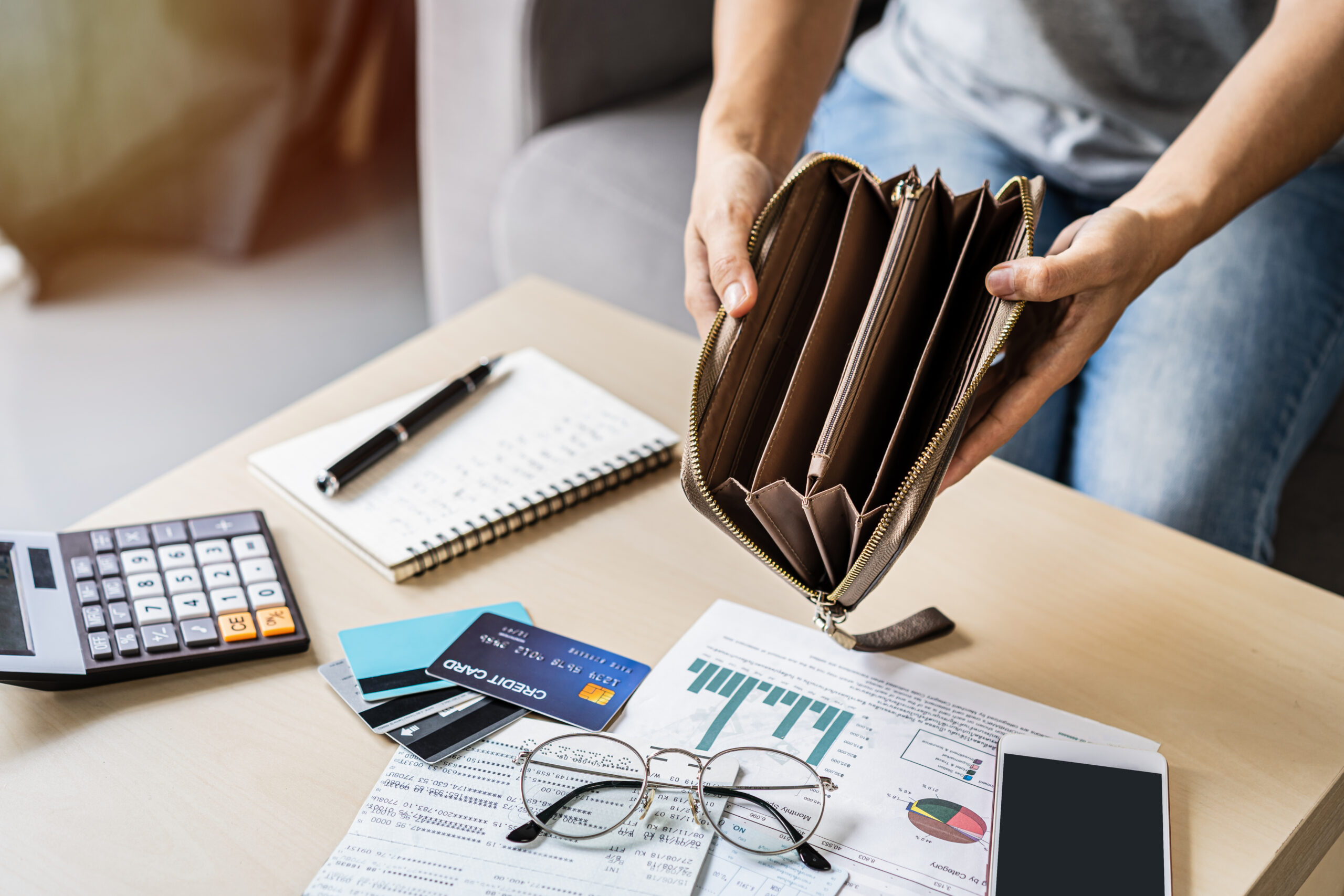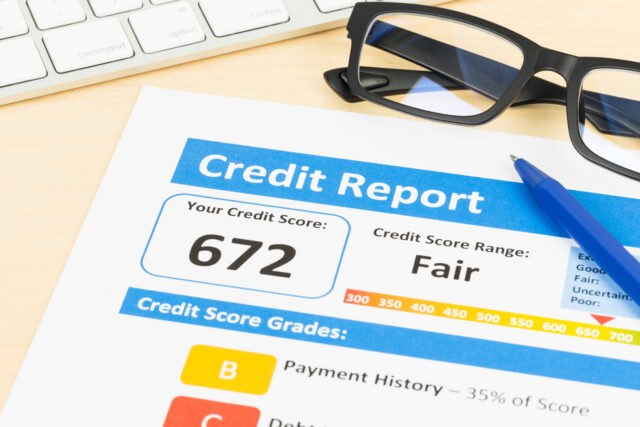Feeling overwhelmed by what seems like an insurmountable mountain of debt can be a deeply stressful experience. For many facing such financial hardship, the idea of a fresh start might appear unattainable. While various debt relief options exist, bankruptcy often presents the most effective solution for individuals seeking significant financial restructuring or complete discharge of eligible debts. Many are unfamiliar with the diverse array of bankruptcy options available to them. Please continue reading as we explore the primary types of consumer bankruptcy chapters available in South Dakota and how our experienced Rapid City Bankruptcy Lawyers can provide invaluable support when navigating the complexities of this legal process.
What Are the Most Common Types of Consumer Bankruptcy?
If you are considering filing for bankruptcy in South Dakota, it’s crucial to understand the different options available. When filing as a consumer, you can generally choose between Chapter 7 and Chapter 13 bankruptcy. Chapter 7 is a liquidation process, which involves selling off non-exempt assets to pay off debts. Once outstanding debts have been satisfied, the remaining debts are typically discharged. It’s important to note that you must first pass a “means test” to qualify for Chapter 7 bankruptcy. Essentially, this test is used to determine if a debtor can afford to pay their debts without filing for bankruptcy by comparing their income to the average for households of their size in South Dakota. If your income is less than this threshold, you are eligible to pursue this debt-relief option.
If you fail the means test or are worried about certain assets, you can pursue Chapter 13 bankruptcy. Chapter 13 allows debtors to keep their assets while creating a repayment plan to pay off creditors over time, usually three to five years. Unlike Chapter 7, this is a reorganization process.
Although not technically used for consumers, Chapter 11 is a reorganization process for businesses and can sometimes be utilized by individuals with complex debt situations. Chapters 9,12, and 15 are used for businesses.
How Do I Choose Which Bankruptcy Chapter to File?
To determine which bankruptcy chapter to file, you will need to consider your unique financial situation and long-term goals. Chapter 7 is generally better suited for individuals with low to moderate income and limited assets who want to discharge debts quickly, whereas Chapter 13 is appropriate for those with higher incomes or who need to safeguard assets like a home or who need more time to repay their outstanding debts. It’s crucial to understand that state laws and exemptions can impact what assets you can protect during bankruptcy.
At 605 bankruptcy, we are prepared to examine which bankruptcy chapter might be the most suitable avenue for addressing your unique financial circumstances and achieving long-term financial stability. Connect with our firm today for guidance and skilled representation.



